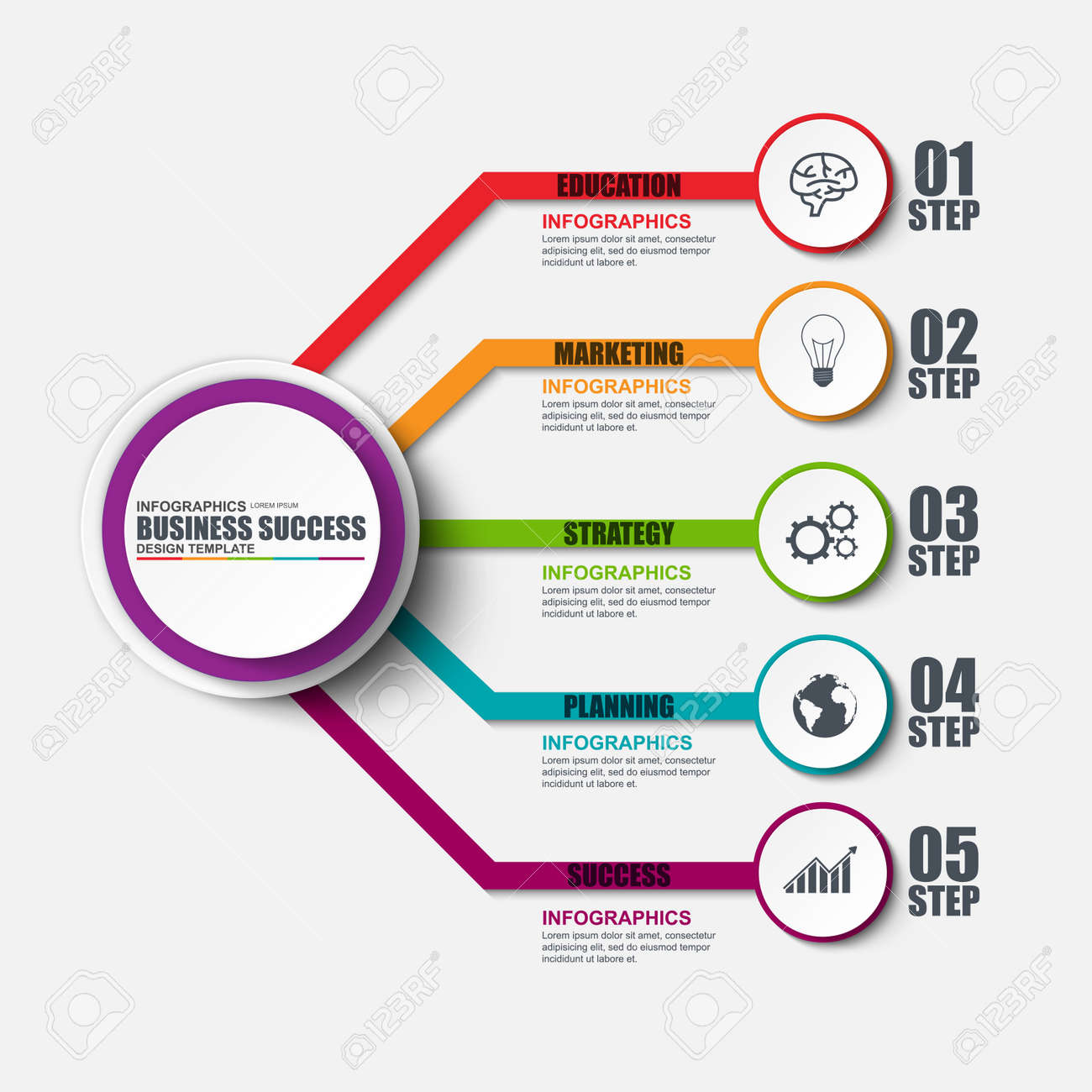Internet Site Design Fundamentals: Tips For Structure A User-Friendly Site
Internet Site Design Fundamentals: Tips For Structure A User-Friendly Site
Blog Article
Content By-Crews Neville
When it concerns site layout, making sure user-friendliness is essential. From responsive layout to structured navigation, every component plays a vital function in producing a site that deals with your audience's needs. Yet what regarding the better information that can make or break an individual's surfing experience? Remain tuned as we uncover some often-overlooked tips that can raise your website's usability to the next degree, making it absolutely stand apart in the digital landscape.
Significance of Responsive Design
Receptive design is a vital aspect of modern-day internet site advancement. Ensuring your web site is responsive means that it can adjust to different screen dimensions and tools, providing a smooth experience for users.
With the boosting use of smart devices and tablet computers to access the internet, having a responsive design is vital for getting to a bigger target market. It helps in improving customer experience by making your site simple to navigate and continue reading any kind of gadget.
Additionally, responsive style can favorably impact your internet search engine positions, as internet search engine like Google prioritize mobile-friendly web sites. By having a responsive layout, you're also future-proofing your web site, as new tools with varying screen dimensions continue to arise.
Simplify Navigation Structure
To improve user experience and assist in simple accessibility to info on your web site, simplifying the navigating framework is critical. When creating Digital Marketing Company Do , focus on developing a clear and user-friendly navigation food selection that aids visitors discover what they're searching for quickly.
Restriction the number of food selection products to the basics, organizing related web pages together to stay clear of frustrating users. Use descriptive labels that clearly indicate the content of each page, making it less complicated for individuals to recognize where each link will take them.
Think about carrying out dropdown menus for subcategories to prevent jumbling the primary navigating bar. In addition, include a search bar plainly on the web page for customers that like looking for details details.
Focus on mobile responsiveness in your navigating style to ensure simple accessibility on all tools.
Maximize Web Page Load Rate
Improving web page load rate is vital for preserving visitors on your internet site. Slow-loading pages frustrate customers and can bring about high bounce prices. To enhance page tons rate, start by maximizing pictures. Press pictures without jeopardizing quality to decrease their file dimensions.
In addition, allow web browser caching to save often accessed sources locally, speeding up lots times for returning visitors. Minify CSS, JavaScript, and HTML documents by eliminating unneeded characters, comments, and formatting, improving load speed.
Take into consideration using a web content distribution network (CDN) to disperse your site's content throughout several servers worldwide, reducing latency for customers accessing your site from different places. Finally, limit making use of third-party scripts and plugins, as they can significantly influence load times.
Conclusion
In conclusion, by including responsive style, simplifying navigation, and maximizing page lots speed, you can develop an user-friendly site that interest a larger audience and enhances customer experience. These essential elements ensure that visitors can easily access and browse your website throughout different tools, causing boosted interaction and fulfillment. By focusing on these key elements, you can build an effective web site that maintains users returning for more.
